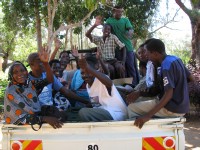How ASSETS has changed the lives of two young people, currently doing internships at Mwamba Field and Study Center.

To give you a further understanding of how the ASSETS program supports young needy people I have interviewed two young volunteers as to how ASSETS has positively impacted their lives and given them a diverse range of opportunities that would not have otherwise been available to them.
Name: Francis Kazungu

Age: 22
How many brothers and sisters do you have?
I have 2 sisters and 7 brothers
What do your mum and dad do for a living?
My parents are jobless
How did you first become involved with ASSETS projects?
In 2005 I first became involved with ASSETS, after I had passed my exams they assisted me with school fees, those whose parents couldn’t afford to send their kids to school they assisted and they paid for a high percentage of my school fees
How did you come to be at Mwamba?
After we had completed our secondary school exams they gave us internship forms to fill out, this was in June of this year (2010) after filling them in we were called to an interview at Mwamba, there were seven of us and I managed to be one of two who were accepted.
What activities are you involved with at Mwamba and with ARK?
I help assist the cook; I do some house keeping including laying the table for meals and interacting with guests. I will be going to the Gedi ruins to be in charge of the tree platform project that is re-opening by the end of this month.
Has your time here helped you learn about the environment and wildlife?
Yes because the staff encourage the importance of conserving the environment and to know deeply about the bird species and the tree species.
What are your plans for the future?
I want to start helping with conservation of wildlife and teach people the importance of conservation, so our children can get to see the different species of animals, I want to be a teacher, teaching about conservation, that is what is in my heart.

Name: Janet Kalama
Age: 21
How many brothers and sisters do you have?
six sisters and one brother
What do your mum and dad do for a living?
They are farmers
How did you first become involved with the ASSETS projects?
I had just passed my KCPE examination and was given ASSETS bursary forms and applied for funds for my secondary school education. They started paying for me from form one to form four at St Johns secondary school.
How did you come to be at Mwamba?
After finishing secondary school we were given an internship form and filled it out and posted it. Then we were called for an interview, had the interview and a few days later I was called to report at Mwamba.
What activities are you involved with at Mwamba and with Arocha Kenya?
I help with housekeeping, kitchen work, computer studies and office work, learning about hospitality.
Has your time here helped you learn about the environment and wildlife?
Yes!
What do you hope to do after you leave Mwamba?
I want to join a teaching course and start teaching at a primary school.
It is clear to see that the projects that ASSETS offer to young people are completely life changing and life enhancing. This work helps to empower young people and encourage them to live great lives; an internship at Mwamba providing hands-on experience of team work and industry and knowledge about the environment. As well as this, the students learn about hospitality and gain an understanding of different cultures, working and meeting volunteers and guests from all over the world at Mwamba. This great work could not be possible without donations and other forms of support, so if you would like to donate to ASSETS and help to cause real and lasting change to the lives of local children, providing them with support we often take for granted, please visit:
A Rocha donations page






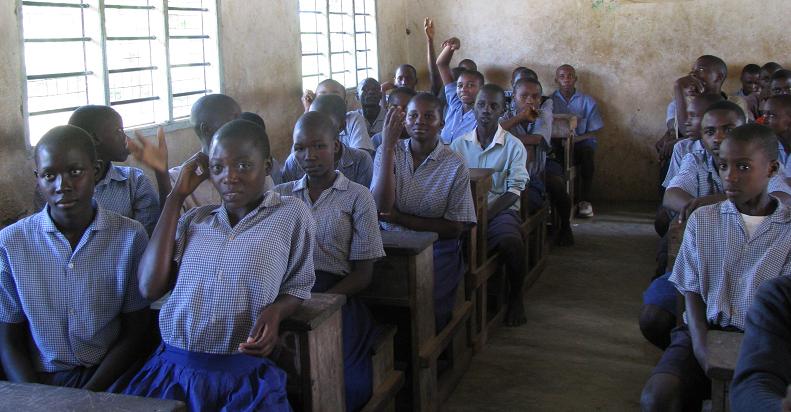
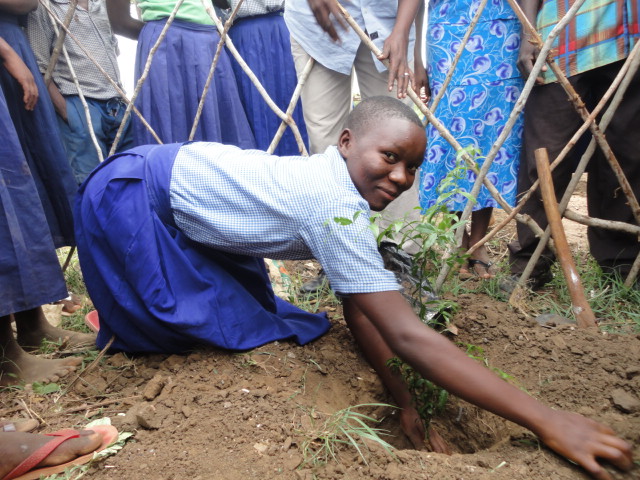
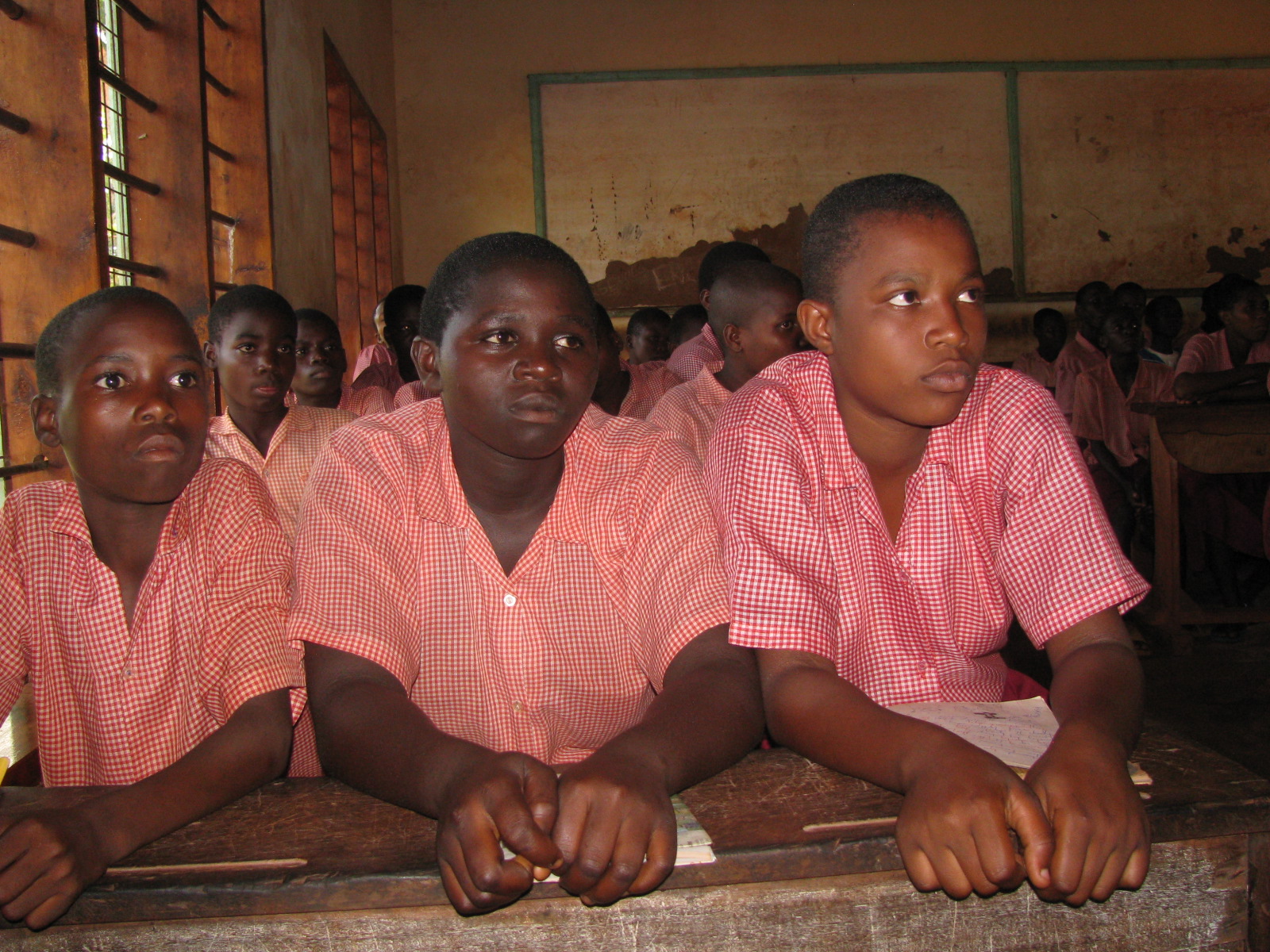

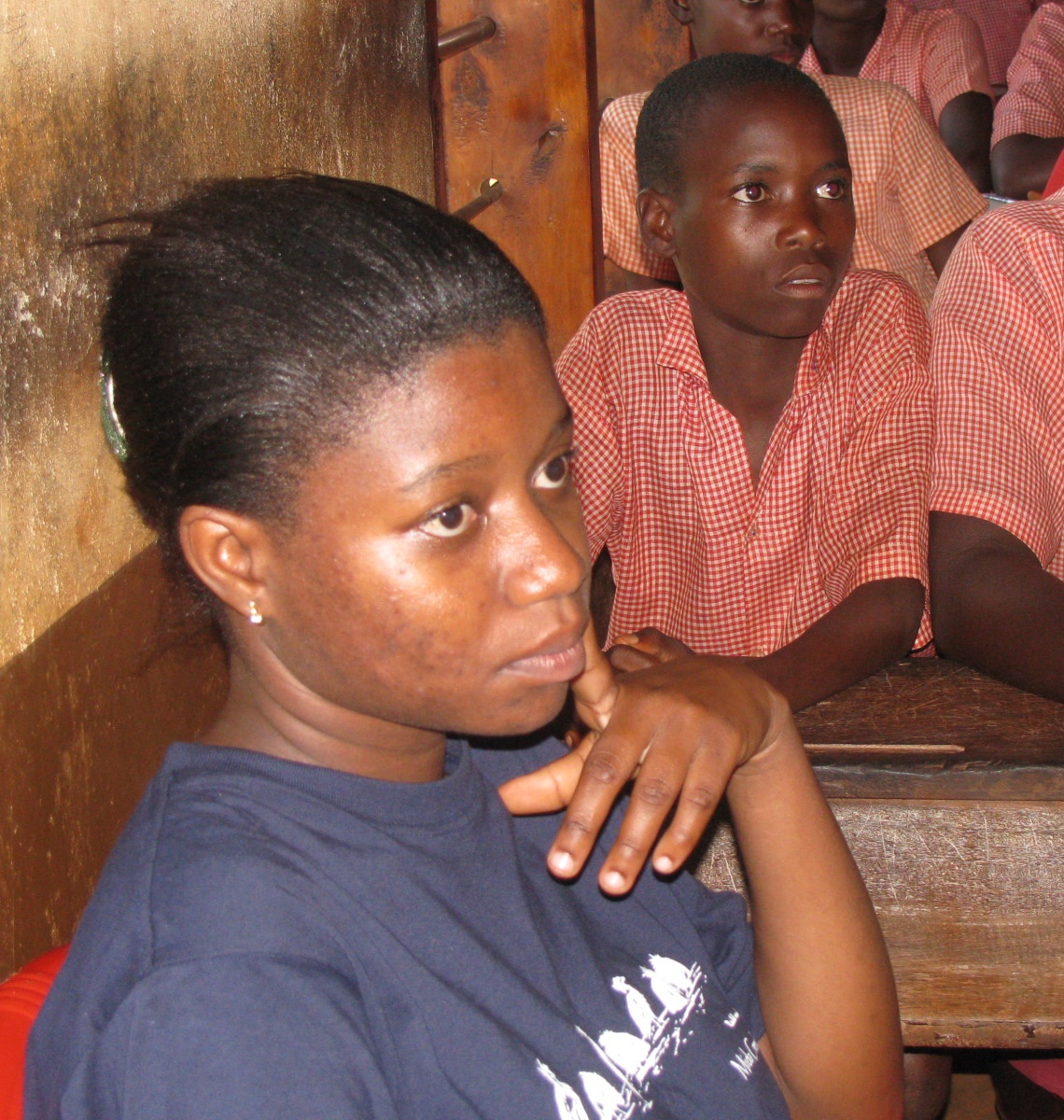
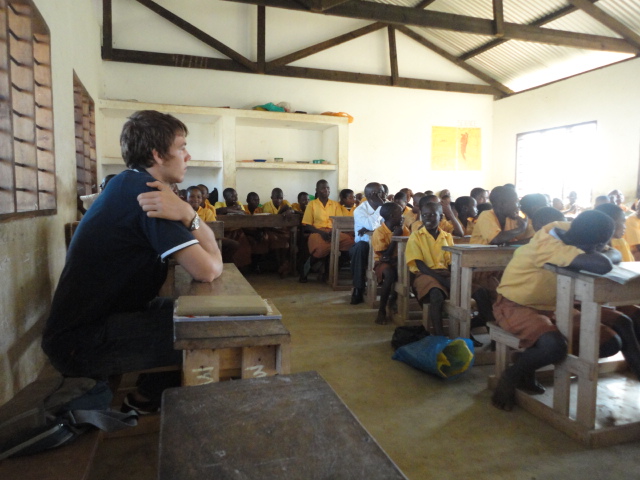
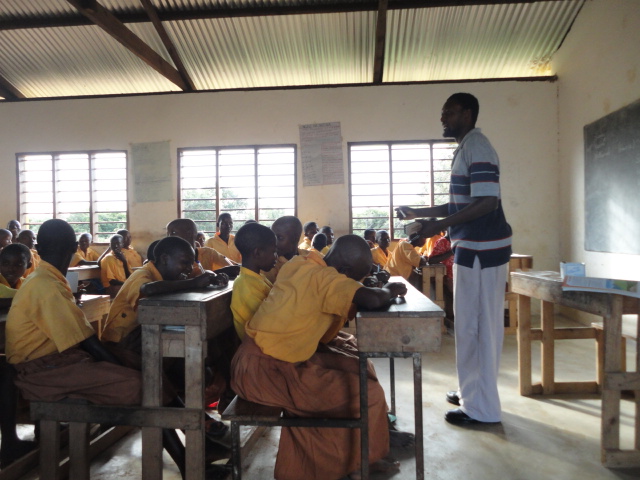
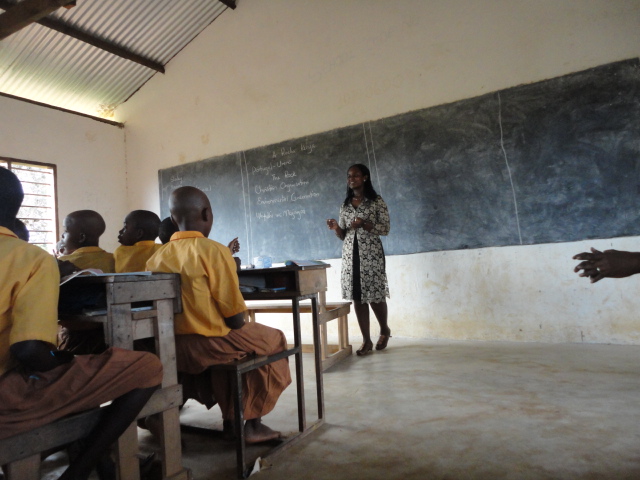

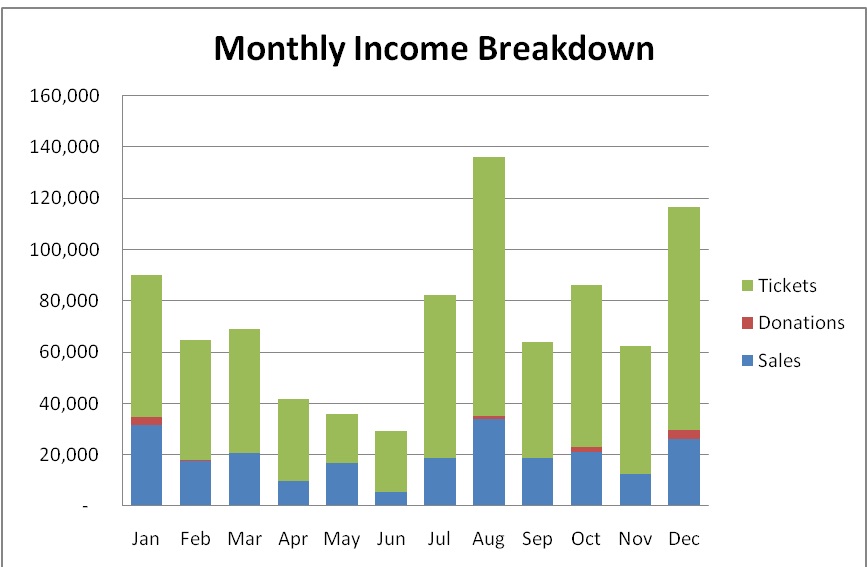



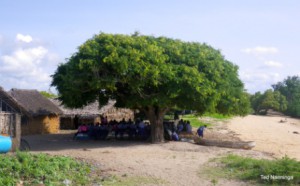 Public meetings and other social gatherings seem to always happen under the shade of the largest tree in the community. Pretty cool, in both senses of the word.
Public meetings and other social gatherings seem to always happen under the shade of the largest tree in the community. Pretty cool, in both senses of the word.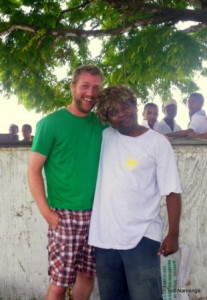 Ted (a volunteer from Canada) and Tsofa Mweni, ARK's environmental education coordinator. Tsofa is quite a character (as you can see...this blonde wig is supposed to make them look like brothers) and is extremely good at interacting with childern.
Ted (a volunteer from Canada) and Tsofa Mweni, ARK's environmental education coordinator. Tsofa is quite a character (as you can see...this blonde wig is supposed to make them look like brothers) and is extremely good at interacting with childern.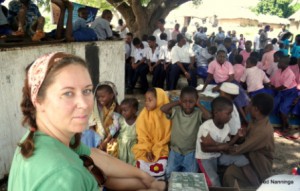 After some instructions on safety and where to go, the kids recieved bags and gloves and proceeded to pick up as much trash they could find. Roughly 90 childern from four different schools, as well as childern from Chipande village (foreground), participated in the beach clean up.
After some instructions on safety and where to go, the kids recieved bags and gloves and proceeded to pick up as much trash they could find. Roughly 90 childern from four different schools, as well as childern from Chipande village (foreground), participated in the beach clean up.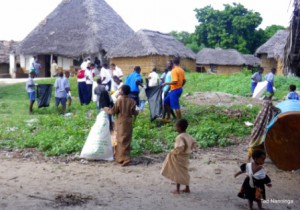 Scouring the beach and surrounding area for anything not bio-degradeable.
Scouring the beach and surrounding area for anything not bio-degradeable.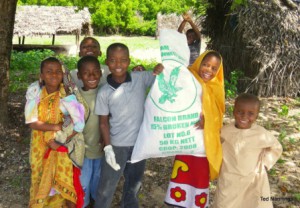 The kids were quite proud of what they collected.
The kids were quite proud of what they collected.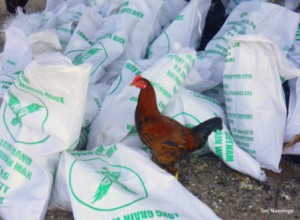 Over 400 kg of "taka taka" - and a chicken - were collected in only an hour.
Over 400 kg of "taka taka" - and a chicken - were collected in only an hour.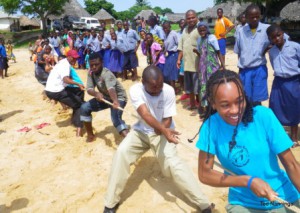
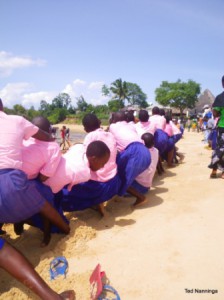 After the clean up a couple of tug-of-war games were organized between students and organizations.
After the clean up a couple of tug-of-war games were organized between students and organizations.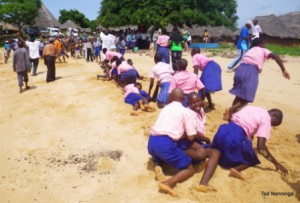 Cheering and shouting encouragement, the kids and fans alike had a great time.
Cheering and shouting encouragement, the kids and fans alike had a great time.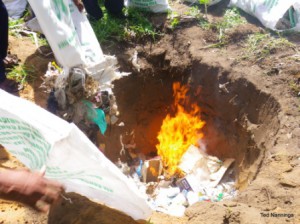 The collected garbage was then thrown in a pit and burned. I know, kinda ironic, but it does illustrate the complexity of environmental issues in Kenya. There are limited recycling facilities or programs in Kenya and landfills don't keep the rubbish contained very well.
The collected garbage was then thrown in a pit and burned. I know, kinda ironic, but it does illustrate the complexity of environmental issues in Kenya. There are limited recycling facilities or programs in Kenya and landfills don't keep the rubbish contained very well.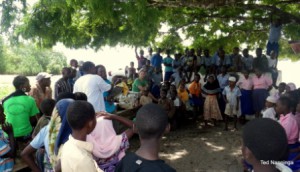 After the games Tsofa talked to the kids about the effects of pollution on the environment and wildlife. The highlight of his talk was when a live turtle being rehabilitated at the Watamu Turtle Watch facility was shown to the group. Many kids had eaten turtle meat but not many had actually seen a live one or learned that many turtles die from eating plastic bags, mistaken for jellyfish.
After the games Tsofa talked to the kids about the effects of pollution on the environment and wildlife. The highlight of his talk was when a live turtle being rehabilitated at the Watamu Turtle Watch facility was shown to the group. Many kids had eaten turtle meat but not many had actually seen a live one or learned that many turtles die from eating plastic bags, mistaken for jellyfish.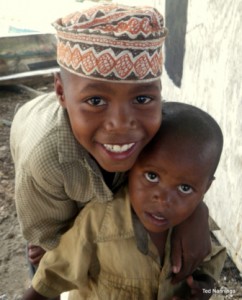 At the end of day we handed out biscuits (cookies) and juiceboxes for everyone involved. The faces above sum up the entire day.
At the end of day we handed out biscuits (cookies) and juiceboxes for everyone involved. The faces above sum up the entire day.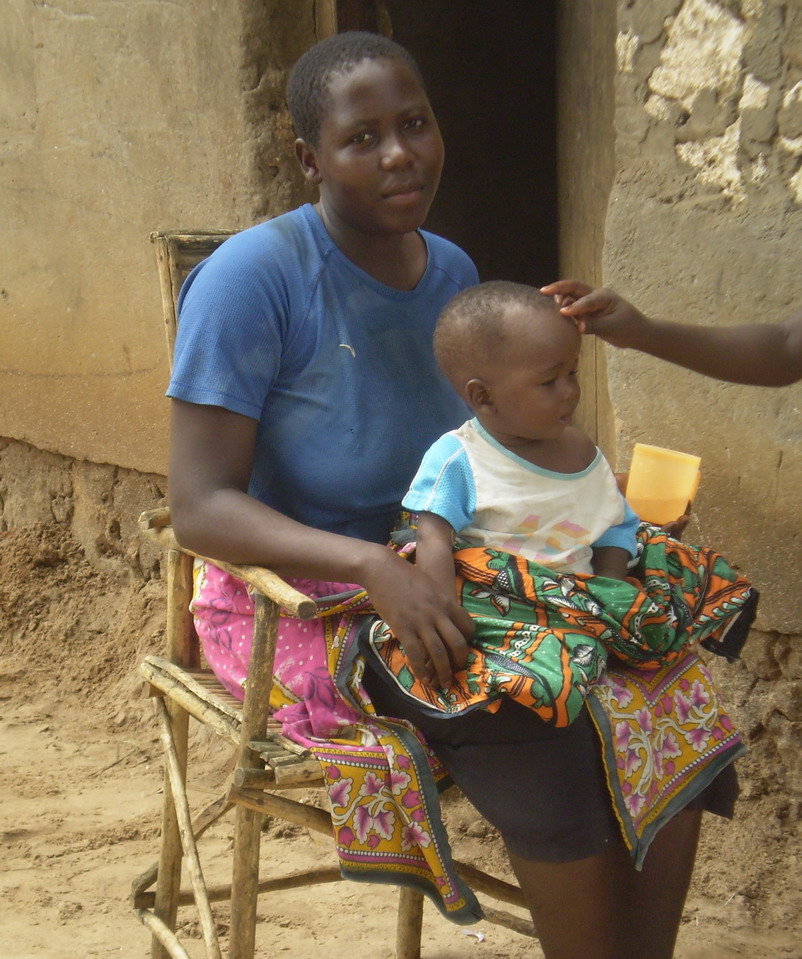

 While the students were doing their learning through a debate and role play, the parents were seperately engaged in a discussion about the most sustainable way of utilising the forest. Not surprising, the newly selected beneficiaries did not have any idea about the eco-tourism value of Arabuko-Sokoke Forest. They however left the meeting with a new messege for their families that there are people who come all the way from Europe and America to see the Golden-rumped elephant shrew in the forest; what an odd way of spending ones money! they might have thought.
The meetings continue!
While the students were doing their learning through a debate and role play, the parents were seperately engaged in a discussion about the most sustainable way of utilising the forest. Not surprising, the newly selected beneficiaries did not have any idea about the eco-tourism value of Arabuko-Sokoke Forest. They however left the meeting with a new messege for their families that there are people who come all the way from Europe and America to see the Golden-rumped elephant shrew in the forest; what an odd way of spending ones money! they might have thought.
The meetings continue!